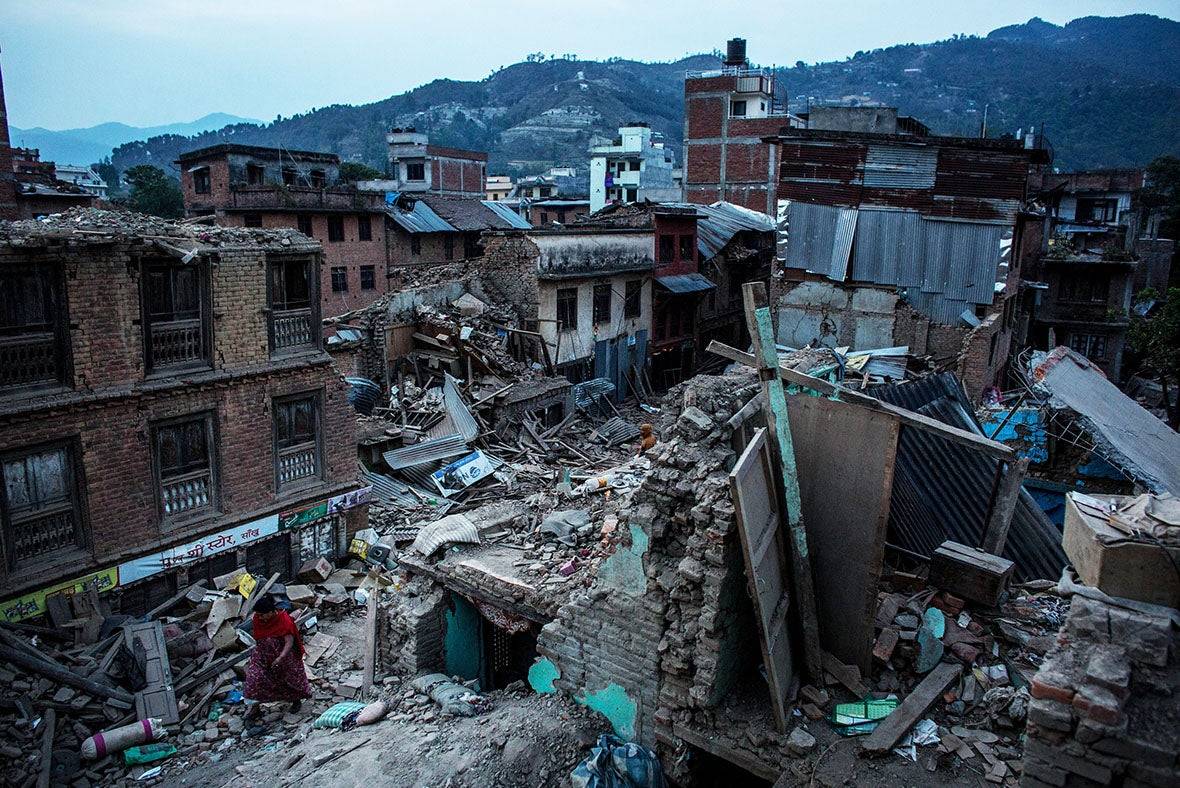
On October 13, every year, International Day for Disaster Risk Reduction is observed. The main purpose of the day is to promote a culture of risk awareness & disaster reduction among people.
You can easily identify good disaster risk governance of any country by looking at certain aspects of lives saved, reduced numbers of disaster-affected people, and reduce economic losses. Recently, Covid Pandemic and other climate emergencies like heat waves, forest fires, and cyclones are reminding us that we need a clear vision, plans, and competent along with empowered institutions working on scientific evidence for the safety of common people.
Historical Background:
-
Dated back to 1989, The International Day for Disaster Risk Reduction was begun, just after a call by the United Nations General Assembly to devote a day to educate the public about risk preparedness and disaster reduction.
-
During the 3rd UN World Conference on Disaster Risk Reduction in Sendai, Japan (2015), the international community acknowledged that disasters hit hardest at the local level with the potential to cause life risks along with greater social & economic upheaval. Sendai experienced a devastating earthquake and tsunami in 2011 in which about 20000 people lost their lives.
The theme of the Day:
This day is a chance to acknowledge the progress being made towards reducing disaster risk and losses in lives, livelihoods & health. This year, it focuses mainly on “International cooperation for developing countries to reduce their disaster risk and disaster losses.” This is the sixth target highlighted in the Seven-Sendai-Targets.
Significance of the Day:
-
It's a day to highlight how we all can be better prepared for disasters and a day to remind everyone about how we can all help others during any disaster.
-
We can't forget that a sudden calamity displaces millions of people every year. Disasters can be due to climate change, which has a negative impact on sustainable development and the desired outcomes too.
-
Therefore, the day commemorates how people and communities around the globe are raising awareness and decreasing their exposure to disasters.
-
United Nations Office for Disaster Risk Reduction (UNDRR), every two years, works with thinkers, experts, practitioners, and innovators to enquire into the state of risks worldwide highlighting what’s new, emerging trends, examining behavior, and presenting progress in reducing risk.
India’s Preparedness:
From time to time, our government has prepared various plans/ policies with the purpose to improve disaster risk reduction and climate resilience. These are as follows:
1. Disaster Management Act (2005):
This act is the legal foundation for all disaster-related activities. It contains provisions for disaster preparedness, mitigation & risk reduction to be implemented at all stages of government.
2. National Action Plan on Climate Change (2008):
It incorporates the vision for ecologically sustainable and green development in all of the national development domains from industry to agriculture, urban spaces, and ecological systems.
3. National Policy on Disaster Management (2009):
Expanding the scope of disaster management activities to build resilient & safe India through proactive & holistic multi-hazard strategy, in consideration of cooperation, partnerships, and technological interventions
4. National Disaster Management Plan (2019):
It provides a framework & directions for all government agencies to mainstream responsibilities and intervention strategies in consideration of all phases of the disaster management cycle.
Apart from this, the government set up 11 Empowered Groups with certain powers under the Disaster Management Act, 2005. The “Empower Group” under Secretary-level officers from the various ministries were given the responsibility to contain and manage this pandemic in coordination with state governments, Non- governmental Organizations (NGO’s), and all other related stakeholders including citizens of the country. These groups were empowered to identify problem areas and provide effective solutions.
Disaster affects lower and middle-income countries disproportionately, especially in terms of mortality, numbers of people injured, and economically too. We can’t eradicate poverty & hunger if we don’t step up investments in disaster risk reduction and food systems across the world.
“There's No Harm in Hoping for the Best as long as you're prepared for the Worst”. - Stephen King
















